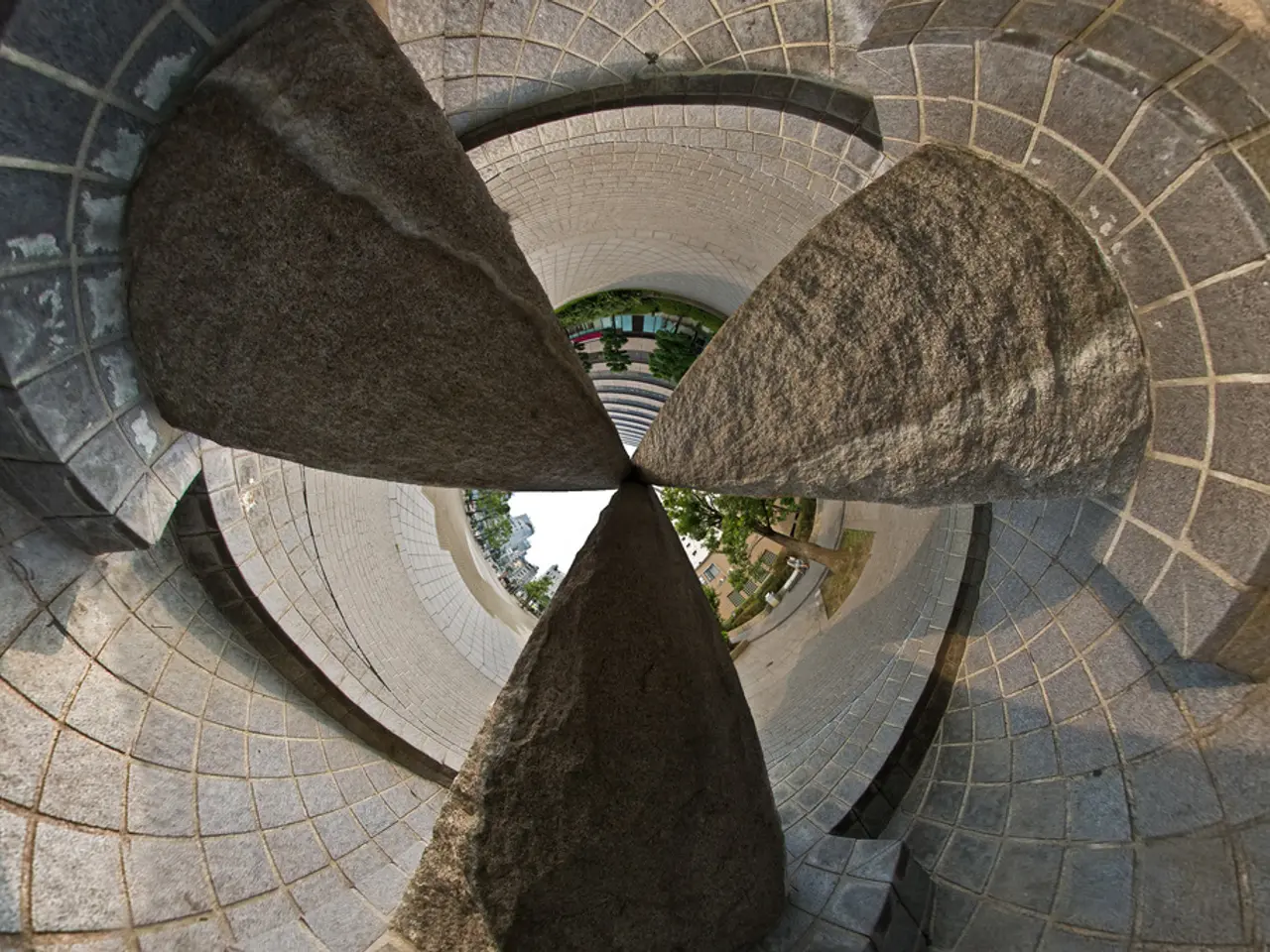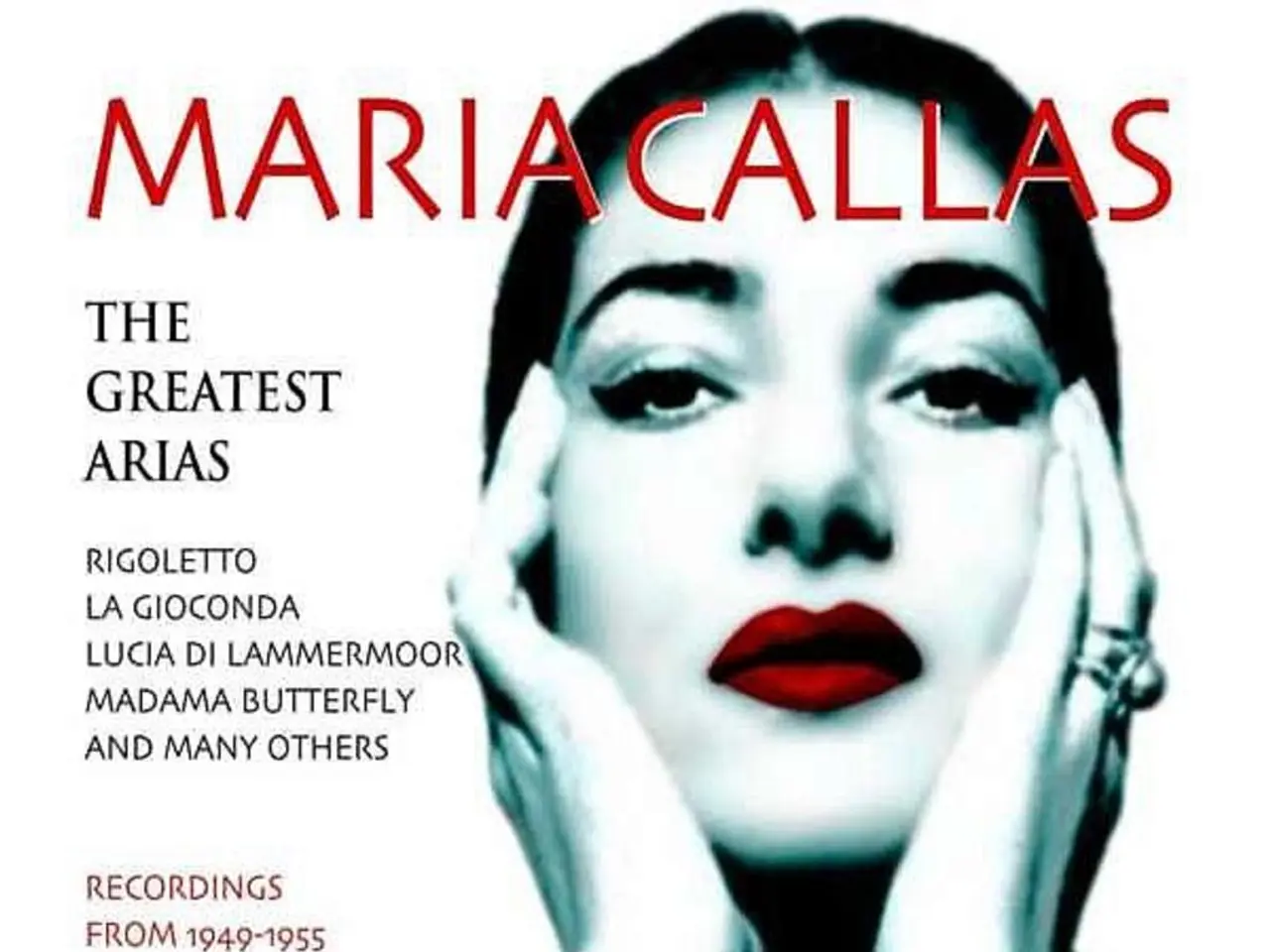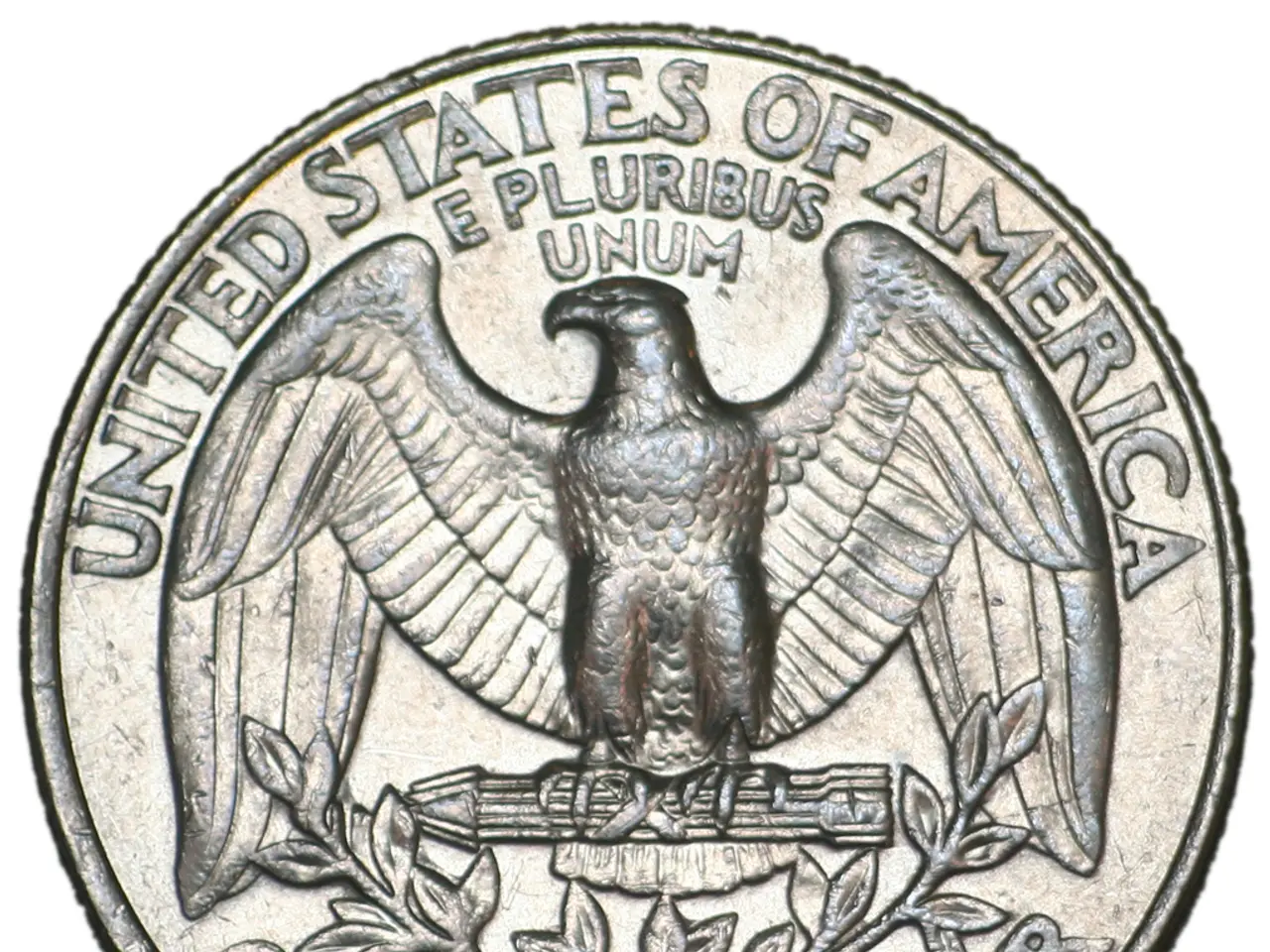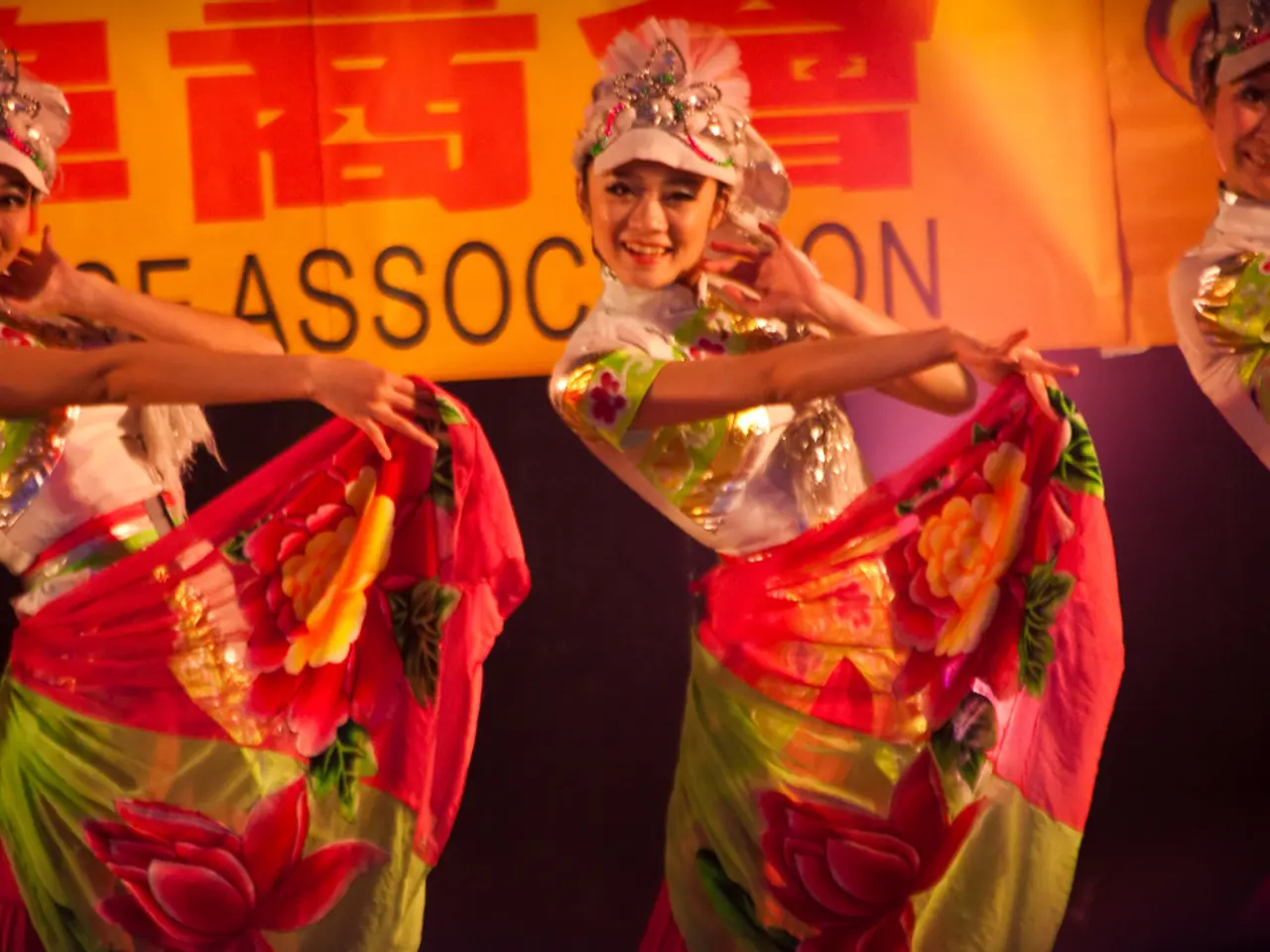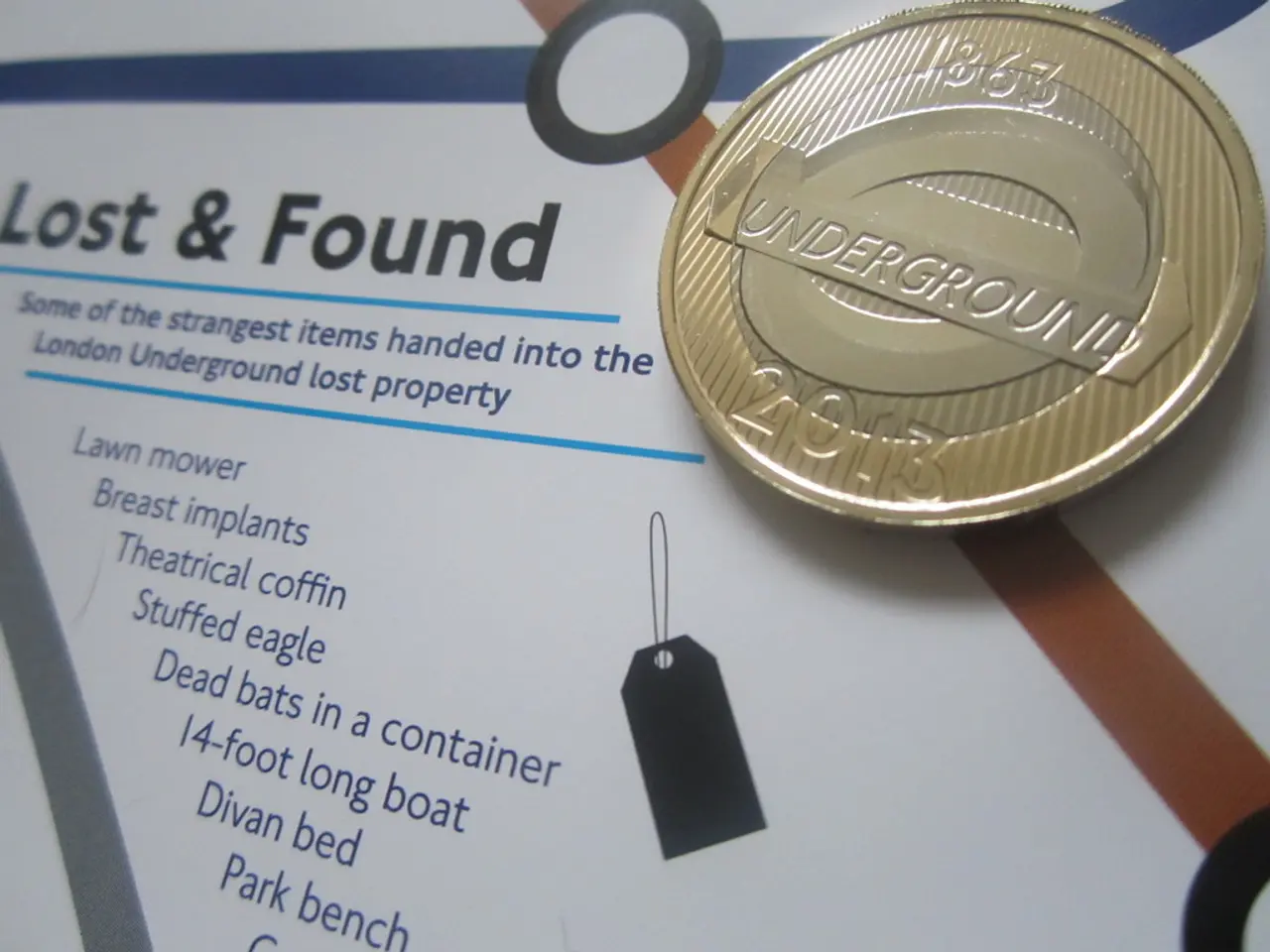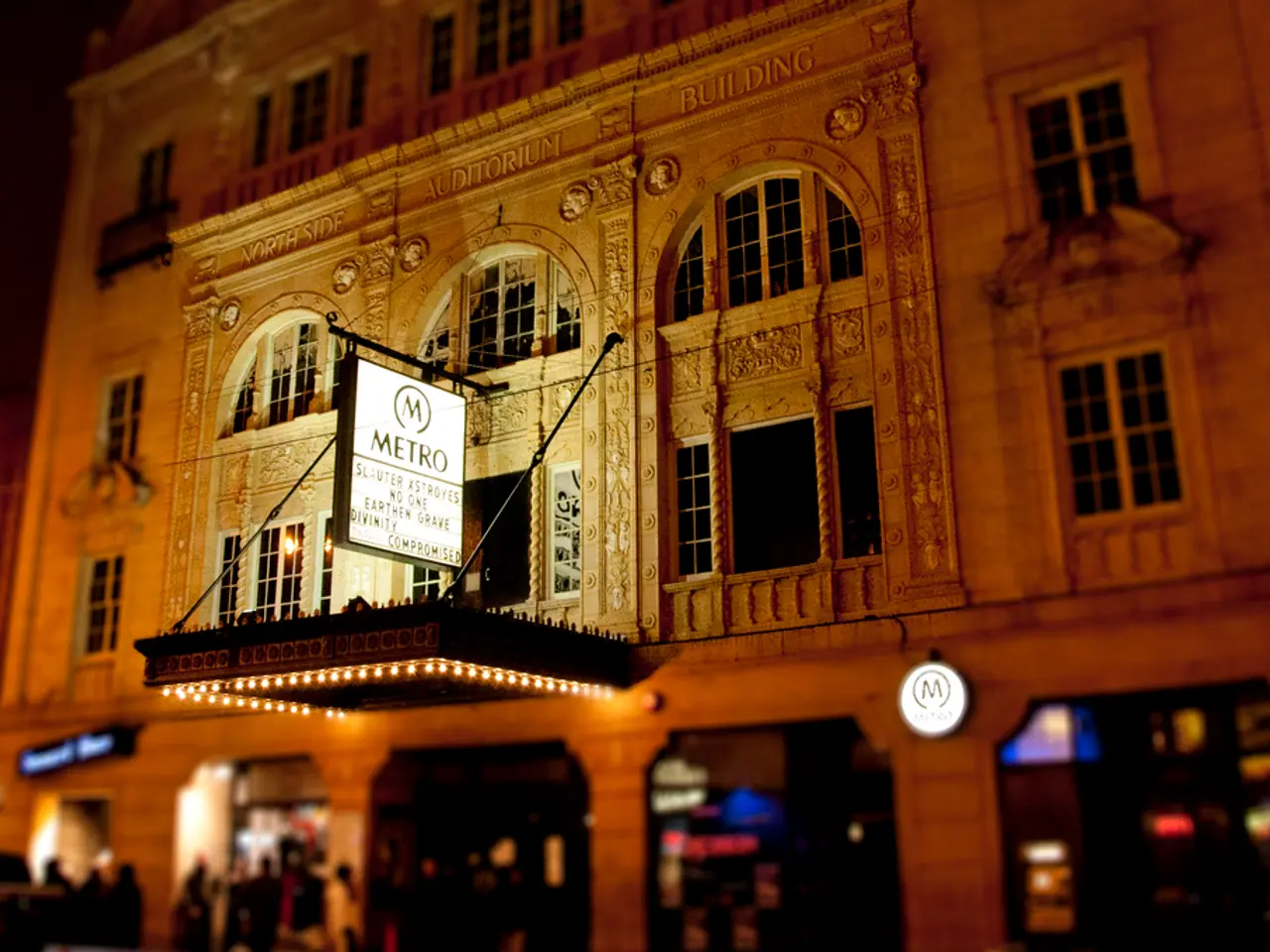Directors prioritizing visual appeal over narrative coherence may be overstepping boundaries.
Modern cinema is a captivating world where visual aesthetics and narrative depth dance in perfect harmony, sparking debates among critics and audiences alike. This balance is achieved through a variety of strategies that seamlessly integrate visual effects, intentional storytelling techniques, and thoughtful sound design.
The allure of aesthetic-driven filmmaking lies in its visual splendor and meticulous design, creating a sensory experience that can be both mesmerizing and immersive. Recurring color palettes or symbolic imagery can echo the emotional undertones of the plot, enhancing the storyline without distracting from it. Dynamic pacing can mirror the story's rhythm, balancing fast-paced scenes with moments of reflection to maintain plot coherence.
One key approach to harmonizing visuals with narrative depth is the use of in-camera visual effects with LED screen technology. Modern filmmaking increasingly employs LED walls, which display photorealistic digital environments in real-time on set. This allows actors and directors to engage directly with their surroundings, fostering authentic performances and enabling creative decisions during filming rather than after. The seamless blend of physical and digital visuals supports deeper narrative immersion and prevents a disconnect between actor and environment.
Mastering blocking and staging is another essential aspect of visual storytelling. Thoughtful spatial arrangement of actors and camera within the scene is crucial to visually communicate relationships, power dynamics, and emotional undertones, thereby reinforcing the story’s narrative depth without relying solely on dialogue.
Layering audio-visual elements is another strategy that creates multilayered storytelling. Complementing visuals with carefully crafted sound design, music, and silence can evoke irony, tension, or emotional impact that deepens audience engagement with the narrative. Skillful layering of dialogue, action, and visual symbolism allows filmmakers to convey meanings beneath the surface, cultivating emotional weight and authenticity in storytelling.
Employing subtext through visual cues is another powerful tool in the modern filmmaker's arsenal. Strategic shot composition and editing help evoke specific emotions at critical narrative moments. These visual storytelling elements direct audience attention and enhance the thematic depth through visual rhythm and metaphor.
When executed with intention, aesthetic choices can serve as a narrative device, subtly conveying themes and emotions that dialogue alone might not capture. Vibrant color palettes, intricate set designs, and stunning cinematography not only enhance storytelling but also leave a lasting impression on viewers.
Directors today are increasingly empowered to blend narrative and visual artistry, crafting films that captivate audiences on multiple levels. They can craft a cinematic experience where visuals and plot work in harmony, enriching the audience's engagement and understanding. Directors can integrate visual motifs that reinforce thematic elements for a seamless connection between visuals and the narrative.
However, there is a concern that directors might prioritize visual splendor over compelling storytelling. The most impactful films achieve a harmonious blend, where visuals and plot support each other, neither overshadowing the other. Character-driven design tailored to reflect character arcs allows the audience to experience the story through the protagonist's lens.
Collaborative storyboarding between writers and cinematographers can ensure that visuals serve the narrative purpose. Integrating visuals with storytelling is crucial for directors to ensure that neither element overshadows the other. The emphasis on aesthetics in modern cinema can transform a film into a work of art, offering a new dimension of engagement that transcends traditional narrative constraints.
Prioritizing character development ensures that characters are integral to the plot and not overshadowed by visual spectacle. A dedication to visual beauty in filmmaking can elevate the art form to new heights, without coming at the expense of storytelling. Directors can embrace technological innovations to explore fresh storytelling techniques without compromising the plot's integrity.
In sum, harmonizing visuals with narrative depth requires a synergy of advanced in-camera effects technologies, deliberate physical staging, integrated sound design, and subtextual visual storytelling—all designed to serve and enrich the core narrative in a cohesive, immersive way.
- The director's strategic use of vibrant color palettes and intricate set designs, along with stunning cinematography, enhances the storytelling and leaves a lasting impression on viewers.
- Integrating visual motifs in the cinematography that reinforce thematic elements ensures a seamless connection between visuals and the narrative, enriching the audience's engagement and understanding.
- Collaborative storyboarding between writers and cinematographers can ensure that visuals serve the narrative purpose, neither overshadowing the other.
- Skillful layering of audio-visual elements, such as music, sound design, and dialogue, allows filmmakers to convey meanings beneath the surface, cultivating emotional weight and authenticity in modern storytelling.
- Directors can combine narrative and visual artistry, crafting films that not only captivate audiences with visual splendor but also provide a compelling plot to maintain viewing engagement.
- Empowered filmmakers today prioritize character development over visual spectacle, ensuring that characters remain integral to the plot and reflect character arcs, offering viewers a deeper level of engagement.
